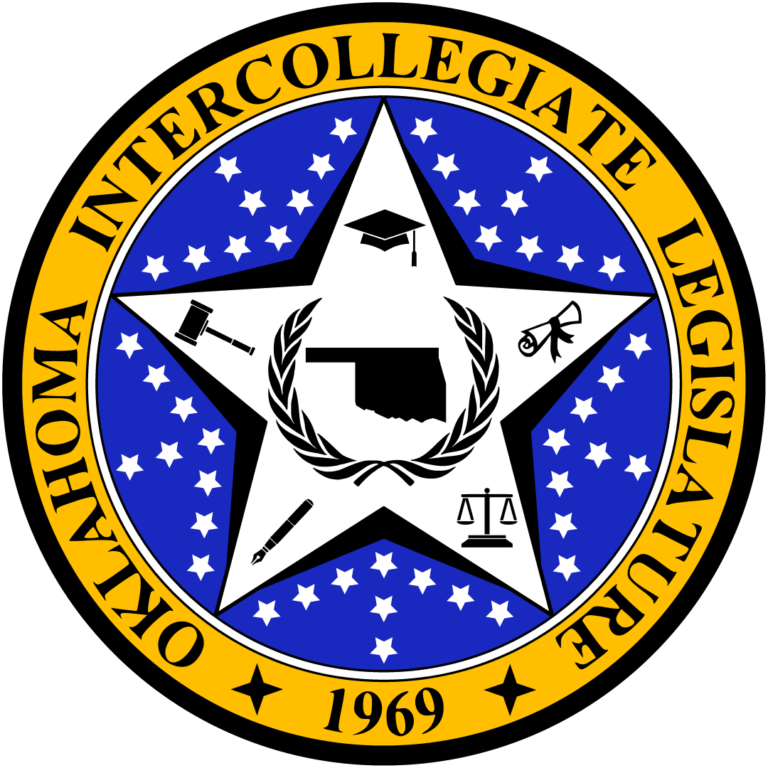by Shellby Branch
As you may know, it is the year 2016. Slavery was ended many years ago and the civil rights movement was long before many of us were even thought of. Then why is race still so controversial? Each of us view ethnicity differently because we were raised differently. We grew up in diverse homes and communities that hold different ideologies. The battling views regarding race and ethnicity has not ended. We have only entered a new era on what it means to be culturally diverse.
A bill that made its way to the floor of the house sparked large controversy. Zero star Representative Marcus Heald from Oklahoma State University put forth a bill that would be known as the “True Equality” Act of 2016. This bill prohibits “any business, government organization, or private party” from inquiring about an applicant’s ethnicity or race. Heald believes this bill would cut down on discrimination, but opponents disagree.
Representative Sanah Lalani from the University of Oklahoma openly opposed Heald’s bill in front of the house. “I believe that my ethnicity enhances my value as a person and individual. I oppose this bill because it removes individually. My ethnicity is who I am, and that should not be considered a negative thing,” Lalani stated.
Opponents expressed their concerns over Affirmative Action in fear that this would take away from students who are benefiting from reverse discrimination. Many of the delegates receive scholarships through Affirmative Action. There are thousands of scholarships available specifically for minorities and this could hinder future generations from attending a post-secondary education.
Heald and proponents understand this opposing view but argue that the bill does not prohibit individuals from sharing their race with the company or applicant reviewer. It only prevents businesses, governments, organizations, and private parties from requiring the applicant to provide his or her ethnicity. The proponents say that this would create a completely color blind applicant process.
To sum up, author Heald stepped up to the microphone and quoted Chief Justice John Roberts on race. “The way to stop discrimination on the basis of race, is to stop discriminating on the basis of race.” Roberts was commenting on the issue of a case involving housing patterns that impacts the percentage of minority children in the classroom.
As an individual with a full ride to a private university because of a scholarship that requires me to be a minority, one might assume confidently the stance this representative would take on the issue. Many would be surprised that I completely support the author and his bill to eliminate race from being a requirement for certain applications. Would I have received my scholarship despite where my ancestors come from? I would hope so. However, society has labeled me with me many different titles based on circumstances not of my control. To me, I am an individual, and that individual cannot simply be labeled as a gender, economic status, or race. Perhaps with this piece of legislation we can finally put an end to discrimination, as well as reverse discrimination.
